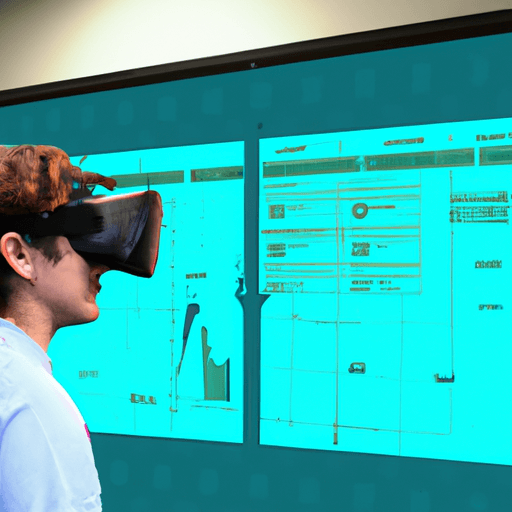The Impact of Virtual Reality Technology in Modern Education
The advent of digital technology has paved the way for innovations like Virtual Reality (VR), a revolutionary tool that is transforming various sectors including education. This article aims to paint a comprehensive picture of VR's impact in modern education, touching on its inception, benefits, challenges, successful examples, and future implications.
The Evolution VR in Education
Virtual Reality technology, initially conceived for military and gaming applications, has found significant relevance in education over the past decade. It has emerged as a transformative tool, revolutionizing the way teachers teach and students learn. Classrooms across the globe are leveraging VR to create immersive, engaging experiences that enhance the learning process and make it more interactive and constructive.
Benefits and Challenges
The integration of VR in education has several benefits. It transcends physical boundaries, offering students a fully immersive learning environment, facilitating experiential learning, and enhancing student engagement and retention. Students can explore complex abstract concepts in a tangible form, thereby fostering a deeper understanding.
However, this revolutionary mode of teaching and learning isn't without challenges. High costs of hardware, lack of technical expertise among educators, and potential health concerns like cyber sickness are some hurdles in the widespread adoption of VR in education.
Case Studies
Several educational institutions have successfully incorporated VR into their curriculum. Stanford University's Virtual Human Interaction Lab has been using VR for over a decade to teach about ocean acidification and deforestation. Similarly, Google's Expeditions program allows students to embark on VR tours of significant historical and geographical sites.
Future Trends and Transformations
As VR continues to evolve, it's poised to revolutionize the educational landscape further. Experts predict an increase in the creation of virtual classrooms, where students from different parts of the world can interact in real-time. VR will also make experiential learning more accessible, allowing students to experiment and learn in a risk-free virtual environment.
The potential of VR in education is immense, and while we grapple with the challenges it brings, the journey is exciting. As we continue to explore the convergence of education and VR technology, it's evident that this revolutionary tool, despite its challenges, paves the way for a future where learning is unrestricted, immersive, and inclusive.

















Comments
Leave a Comment